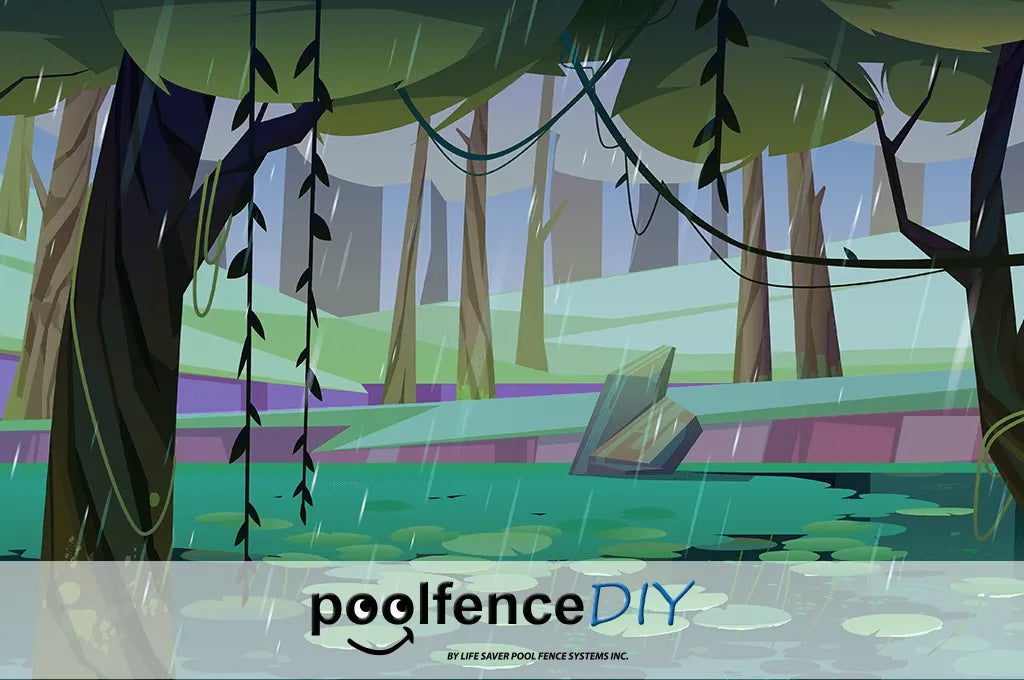Wetlands Water Safety: Protecting Lives and Ecosystems

Wetlands water safety is a crucial concern for both human well-being and environmental conservation. As natural habitats that bridge land and water, wetlands play a vital role in our ecosystem. They also present some unique safety challenges for visitors. For today's blog, we'll explore the importance of wetlands and some of the water safety risks they pose.
Understanding Wetlands and Their Importance
Wetlands are areas where water covers the soil, or is present at or near the surface for varying periods. These ecosystems act as nature's kidneys, filtering pollutants and improving water quality. They also serve as natural sponges, absorbing excess water during floods and slowly releasing it during dry periods.

These environments are extremely biodiverse and serve as home to many plant and animal species. In addition, wetlands can store up to 50 times more carbon than rainforests. That’s a lot of carbon!
Wetlands Water Safety Risks
While wetlands offer numerous environmental benefits, they also present a few unique safety hazards for visitors. Understanding these risks is essential for safe exploration and enjoyment of these ecosystems. Some of these common dangers can include deep or murky water. To make matters worse, there can also be strong rip currents that pull unsuspecting visitors that slip or fall.
Finally, let’s not forget about the local residents. This is where all that biodiversity can be hazardous to people. You never know when you might run into an alligator or a snake. Make sure to stay alert.
Preventing Drowning in Wetland Areas
Whenever water is present, it is important to be careful. Drowning is a significant concern in wetland areas, especially for children and inexperienced swimmers. For general wetlands water safety, follow these helpful guidelines:
- Learn to swim and teach children basic water safety skills.
- Always supervise children near water, even in shallow areas. Drowning happens more quickly than many people realize.
- Wear a U.S. Coast Guard-approved life jacket when boating or in deep water. Remember, wetlands water can be dark and powerful. Always be prepared.
- Avoid alcohol consumption when engaging in any water activities.
- Be aware of weather conditions and water temperature before entering a wetland area.
Protecting Wetland Ecosystems
While enjoying wetlands, it's crucial to minimize our impact on these sensitive environments. Here are some ways to practice wetlands water safety while preserving these valuable ecosystems:
- Stay on designated trails and boardwalks
- Do not disturb wildlife or remove plants
- Properly dispose of waste and avoid littering
- Use eco-friendly sunscreen to prevent water contamination
- Support local wetland conservation efforts
By promoting wetlands water safety through education, we can make sure that these valuable ecosystems remain accessible for future generations while minimizing risks to visitors. Before heading out, a bit of research can go a long way. This is a great way for families to learn about these fascinating environments.

At the end of the day, wetlands are a precious and vital part of our delicate ecosystem. They require both our protection and respect. By practicing wetlands water safety and conservation measures, we can enjoy these unique environments while preserving their ecological importance. Remember, safety in wetlands starts with awareness, preparation, and responsible behavior.




